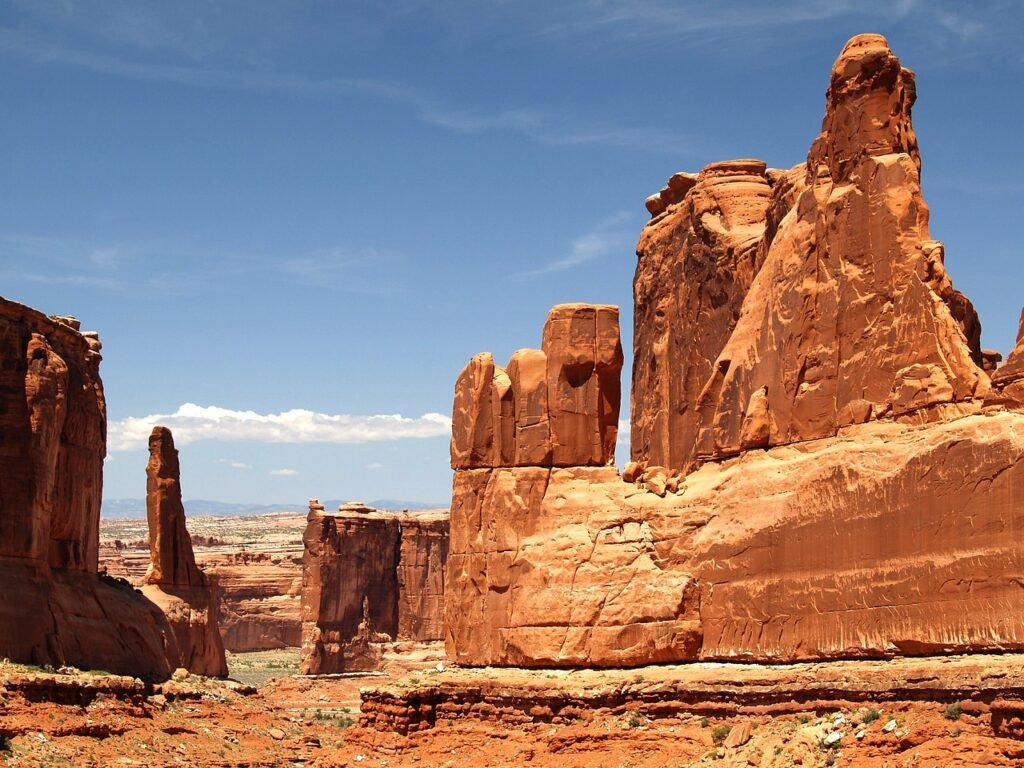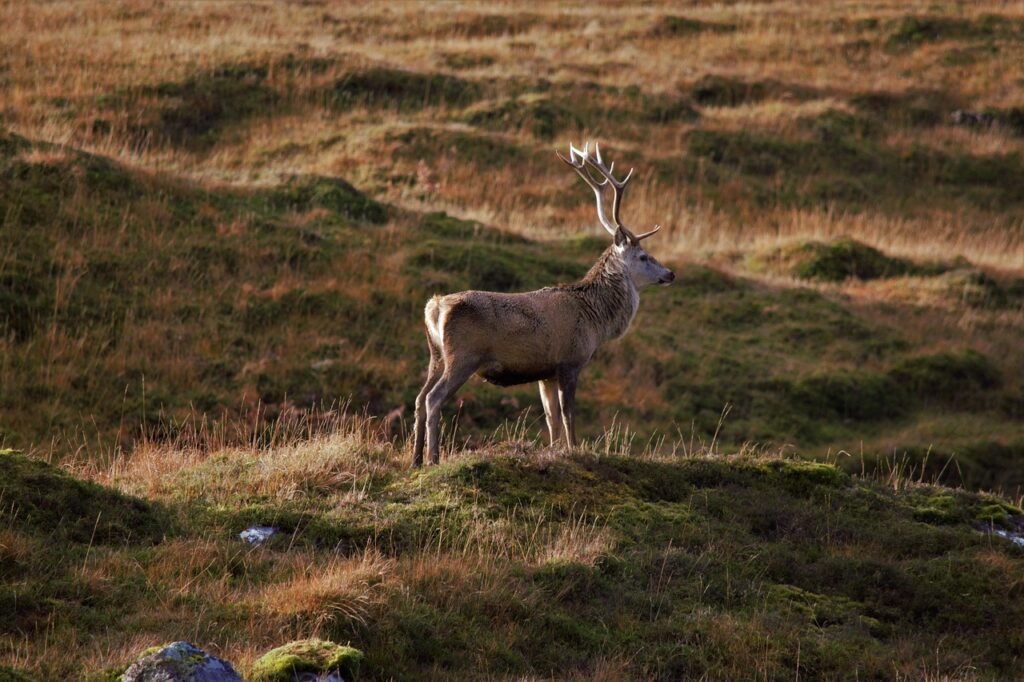There’s something truly magical about camping in a national park. The crisp air, the towering trees, the sheer vastness of nature—it’s like stepping into a different world.
If you’re used to camping in local spots or have gone on a couple of weekend getaways, the idea of spending a night (or more) in a national park might feel both exciting and a little intimidating. But don’t worry! With a bit of preparation, your first national park camping trip can be an unforgettable adventure.
Let’s walk through everything you need to know, step by step, so that by the time you’ve packed up and set out, you’ll feel confident and ready to enjoy the experience.
1. Choosing the Right National Park

One of the first steps in planning your trip is deciding which national park to visit. Each park has its own unique features, from geysers and mountains to beaches and deserts. It’s important to choose a park that suits the type of camping experience you’re looking for. Ask yourself:
What scenery do you want to see? Do you envision towering mountains (like in Yosemite), sweeping desert landscapes (like in Joshua Tree), or lush forests (like in the Great Smoky Mountains)?
How far do you want to travel? Sometimes your dream destination is across the country, but there are plenty of amazing parks that might be closer than you think. Consider the drive or flight time and how much time you have for the trip.
What activities are you interested in? Some parks are perfect for hiking, others for stargazing, fishing, or wildlife viewing. Make sure the park you choose offers activities that you enjoy.
Tip: Start with a Park That Matches Your Skill Level
If you’re a beginner camper, it’s smart to start with a more accessible park, like Great Smoky Mountains or Zion, where you’ll find developed campsites with amenities like water and restrooms. For more experienced campers, you might opt for a more remote or rugged park like Glacier or Denali.
2. Reserving Your Campsite
Once you’ve chosen your park, the next step is to secure a campsite. National parks can get crowded, especially during peak seasons, so it’s important to make a reservation as early as possible. Some parks have first-come, first-served sites, but for your first trip, it’s best to go with a reserved spot to avoid the stress of finding a place to stay.
Things to Consider When Choosing a Campsite:
Location within the park: Some campsites are closer to main attractions or hiking trails, while others are more remote. Think about how much driving or hiking you want to do each day.
Amenities: Not all campsites have the same amenities. Some offer potable water, picnic tables, and fire pits, while others may have none of these. Be sure to check the campground’s description when booking.
Elevation and weather: The higher the elevation, the cooler the temperatures will be, especially at night. Make sure to account for this in your planning, especially if you’re camping in a place like the Grand Canyon or Rocky Mountain National Park.
3. Packing the Right Gear
Camping in a national park might require more gear than your usual weekend trips. It’s important to be prepared for all kinds of conditions since weather can be unpredictable, and some parks are remote enough that running to a store isn’t an option.
Here’s a checklist to get you started:
The Basics
Tent: A sturdy tent that’s easy to set up and can withstand wind and rain is essential. Make sure it’s rated for the season and weather you’ll encounter. For example, a three-season tent is great for most conditions, but if you’re camping in early spring or late fall, you might want something a little warmer.
Sleeping bag: Get a sleeping bag rated for the lowest temperatures you might encounter. You don’t want to be caught off-guard by chilly nights.
Sleeping pad: A sleeping pad can make all the difference when it comes to getting a good night’s sleep. It also provides insulation from the cold ground.
Camp stove and fuel: Not all national parks allow open campfires, so a portable camp stove is crucial for cooking your meals.
Clothing
Pack for layers! National parks often have wide temperature ranges throughout the day. You might start the day in shorts and a t-shirt, but by the time the sun sets, you could be bundling up in a jacket. Here’s what to include:
- A moisture-wicking base layer
- A warm, insulating mid-layer (like fleece)
- A waterproof outer layer (just in case it rains)
- Sturdy, comfortable hiking boots
- A hat and gloves (even in summer, some parks get cold at night)
Other Essentials
Water bottles or hydration system: Many parks don’t have potable water, so bringing your own is essential. For longer hikes, a hydration system like a CamelBak can be convenient.
Headlamp or flashlight: Don’t forget extra batteries! It gets dark in the wilderness, and you’ll need a reliable light source for setting up your tent or finding the restroom.
Map and compass or GPS: Cell service can be spotty or non-existent in many parks, so don’t rely on your phone for navigation. A good old-fashioned map is always a safe bet.
4. Understanding Park Rules and Safety
National parks are protected areas, which means they often have strict rules to preserve the natural environment and keep visitors safe. Make sure to familiarize yourself with these before you go.
Bear Safety
If you’re camping in a park known for its bear population, you’ll need to follow bear safety protocols. Most importantly, never leave food out, and always store it in a bear-proof container or a designated food locker. Even the smell of toothpaste or sunscreen can attract bears, so store all scented items properly.
Fire Regulations
Some parks have fire bans during certain times of the year to prevent wildfires. If campfires are allowed, make sure to follow all guidelines, such as using designated fire rings and keeping water nearby to extinguish the fire completely.
Leave No Trace
The Leave No Trace principles are a set of outdoor ethics designed to minimize human impact on the environment. They include packing out all trash, respecting wildlife, and staying on trails. As a responsible camper, following these principles ensures that national parks remain beautiful for future generations.
5. Food and Cooking in a National Park
When camping in a national park, you’ll be responsible for bringing and preparing your own meals. It’s best to pack food that’s easy to cook and doesn’t require refrigeration. Some great options include:
- Instant oatmeal for breakfast
- Pre-made sandwiches or wraps for lunch
- Freeze-dried meals or pasta for dinner (just add boiling water!)
If you’re staying for several days, make sure you bring enough food and fuel for your camp stove. Keep in mind that some parks have grocery stores nearby, but many do not, so it’s best to come fully prepared.
Pro Tip: Practice Meal Prep Before You Go
If you’ve never cooked outdoors before, it’s a good idea to practice at home. Set up your camp stove in the backyard and try cooking a simple meal. This way, you’ll feel more confident when it’s time to cook at the campsite.
6. Planning for Activities

One of the best things about camping in a national park is the variety of activities you can do. Most parks have hiking trails ranging from easy nature walks to challenging backcountry routes. Some parks offer ranger-led programs, which can be a great way to learn more about the park’s history and wildlife.
Hiking
Research the park’s trails ahead of time and choose ones that match your fitness level. For beginners, stick to shorter hikes with less elevation gain. Always bring a trail map, plenty of water, and snacks.
Wildlife Viewing
Many parks are home to diverse wildlife, from deer and elk to bears and eagles. Remember to keep a safe distance—using binoculars or a zoom lens is the best way to observe animals without disturbing them. The general rule is if they know you’re there, you’re too close.
Photography
National parks are some of the most photogenic places in the world. Whether you’re using your phone or a camera, make sure to capture the stunning landscapes around you. Just be careful not to get too close to wildlife in the pursuit of the perfect shot!
7. Staying Safe and Healthy
National parks are beautiful, but they can also be challenging environments. Here are a few safety tips to keep in mind:
Stay hydrated: Dehydration can sneak up on you, especially if you’re at a higher altitude or hiking in the sun. Drink water regularly throughout the day.
Watch out for the weather: Weather in national parks can change rapidly. Check the forecast before you go and pack accordingly.
Know your limits: It’s easy to get caught up in the excitement of exploring a national park, but don’t push yourself too hard. Take breaks when needed, and if a trail feels too challenging, it’s okay to turn back.
8. Enjoying the Experience
Finally, don’t forget to take a step back and simply enjoy the experience. Camping in a national park is about more than just checking off a list of activities—it’s about reconnecting with nature, spending time with loved ones, and finding a sense of peace in the great outdoors. Take time to sit by the campfire, listen to the birds, and gaze at the stars.
My First Time:
I remember my first national park camping trip like it was yesterday. I was nervous about all the things that could go wrong—what if I forgot something important? What if I couldn’t set up my tent? But once I was out there, surrounded by towering pines and the sound of the wind rustling through the leaves, all my worries disappeared. Sure, I fumbled a bit, but the sense of accomplishment I felt from being out in nature, exploring new trails, and simply soaking in the beauty of the park made it all worthwhile. And that’s the magic of camping in a national park—once you’re there, the small challenges melt away, and you’re left with unforgettable memories.
Your first national park camping trip will be an adventure to remember. By preparing ahead of time and following these tips, you’ll be ready to tackle any challenges and fully enjoy the breathtaking beauty of America’s national parks. Happy camping!
Explore more. Fear less.
- Why Road Trips are One of the Best Ways to Clear Your Mind - November 21, 2024
- 10 of the Best Pumpkin Patches in the U.S. - October 23, 2024
- 10 of the Most Colorful Fall Road Trips in the U.S. - October 22, 2024
